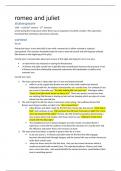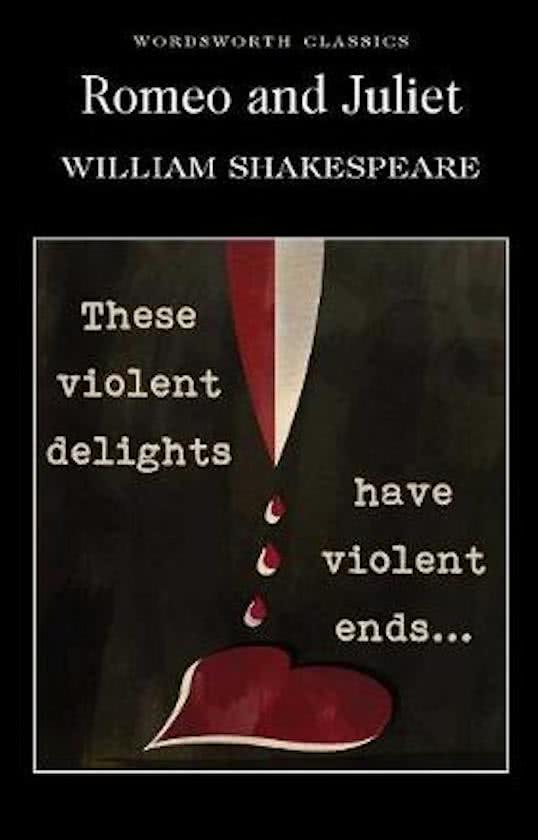Summary
Summary Romeo and Juliet Context
- Course
- Institution
- Book
Romeo and Juliet context •Shakespeare •Love •Astronomy •Religion (Catholicism and Protestantism) •Monarchy (Henry VIII, Edward VI, Mary I, Elizabeth I) •Gender •Plays •Genre •Freytag’s Pyramid
[Show more]




